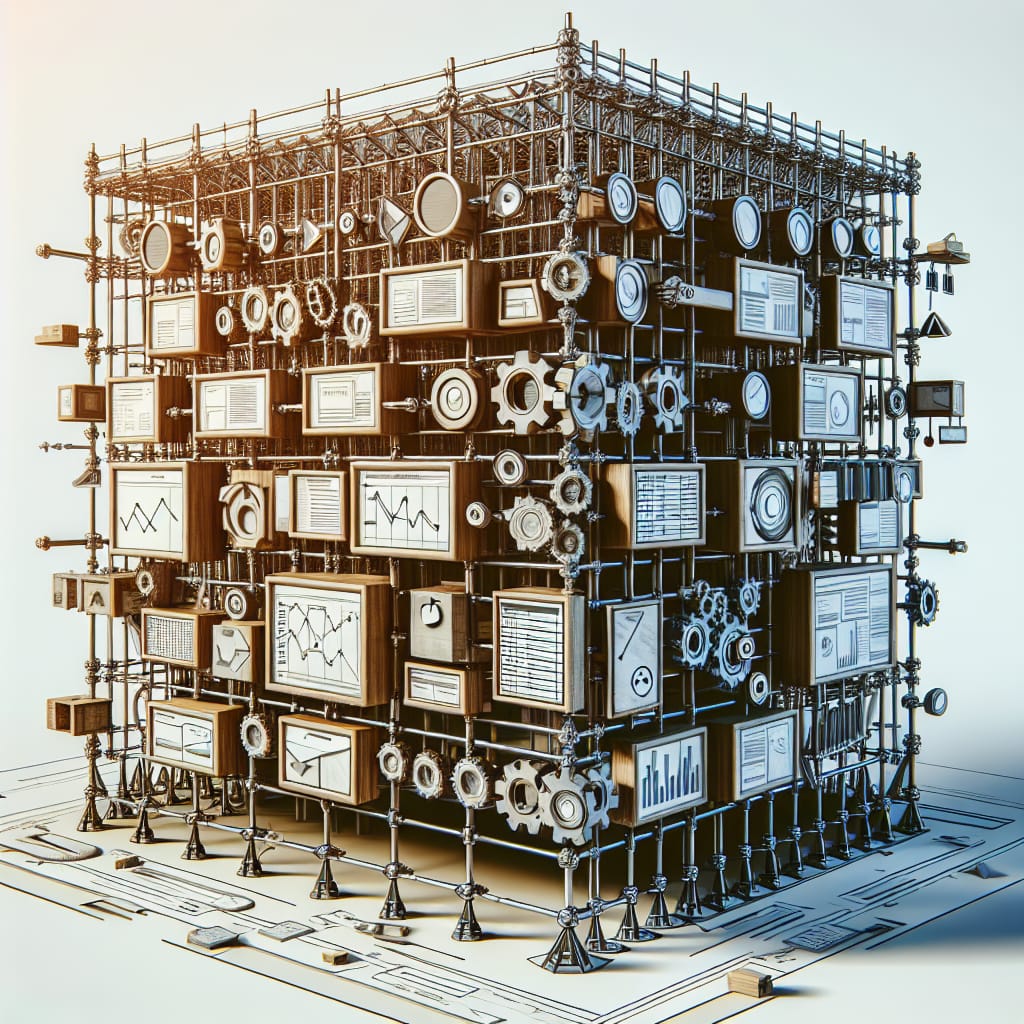I recently spent a week in the lovely Colorado mountains, attending the MPLA Leadership Institute as a mentor to the 30 new and mid-career librarians who came to learn all about leadership from Sharon Morris and Jamie LaRue (who has a blog post/column about his experience at that event as well!).
Between that, and the book I just finished reading, Driven To Distraction at Work (that’s a rare metadata fail from Worldcat – the book is not as pictured in the record there, it’s really about productivity, not Java….) I had some thoughts about productivity, structure, and leadership.
First, I’ve often said that you can’t just wholesale take a productivity process, bolt it into your life and use it effectively. Productivity/time management/workflow management has to be personalized to your particular brain and how your work presents itself to you – trying to fit someone else’s system into your life is rarely successful in the long run. That being said, productivity systems are, in essence, structures that you use to bring order to your work and life. Those structures that you create, whether they are cobbled together from a number of different systems as mine is (hello GTD, and Pomodoro, and Action Powered Productivity, and probably a few more) or use a single system as a base from which you produce your own productivity structure, must be personal and adapted to fit your learning, working, and thinking styles.

This structure that we create – whether it’s deliberate after much reading and experimenting, or accidentally lucked onto while watching other people in the workplace – is the foundation of our ability to work and to lead. One of the conversations I had with fellows at the Institute involved overwhelming amounts of work with underwhelming amounts of direction from above. I helped them set up a structure based on a calendar (their “calendar of truth” that everything goes into so that they can trust how they choose to allocate their time without fearing they are missing things) that gave them some structure to the massive amount of work they were looking at over the next couple of months and that will hopefully evolve into a way that these folks can ensure they are getting the important stuff done. This feeds into leadership in a number of ways…
One way is that leaders need to be reliable – if you say you’ll do something, you need to follow through and that’s hard to do if you jotted that “thing you need to do” on a post-it note somewhere and then promptly lost it. Leaders need structures that take in information, put it where it needs to be and (most importantly!!), surfaces it when it’s needed so that it can be acted upon. Most people use a calendar to surface things that need to be done, but others use task lists or Gantt charts or other time management tools that ensure they see what they need to do in a timely manner.
Another way is that leaders need to be constantly learning and adapting what they learn to their organizations. Having a structure where notes go that are easy to pull out and use later is vital to not only learning, but making use of those things that are learned. Bullet journals and digital note taking tools like Obsidian or OneNote are useful if you trust that everything you need to remember or know will be filed away in that note-keeping tool in a way that can bring it up quickly when you need it.
Finally, leaders need the space to dream – to visualize the future and strategize for their organizations and themselves in order to move forward. The structure of productivity can give leaders a platform from which they can safely consider the future and how they plan to get themselves and their organizations there. There is no single source of this platform, in my opinion, it’s an amalgam of tools and techniques that allow leaders the chance to take in information, process it, store it, and ultimately, use it when it’s relevant.

